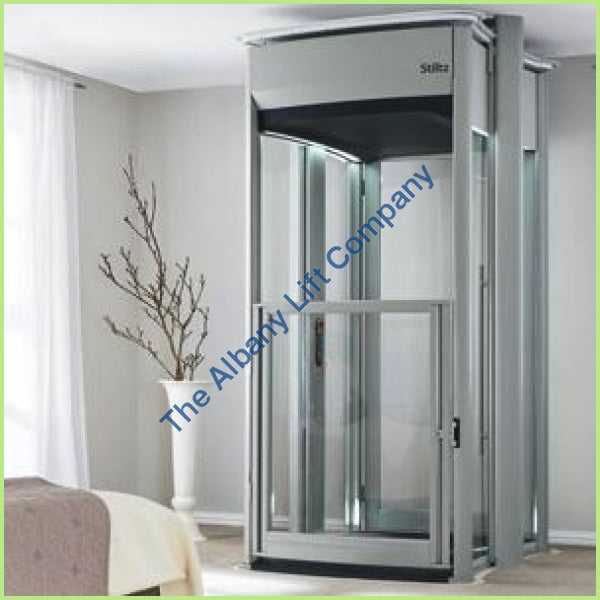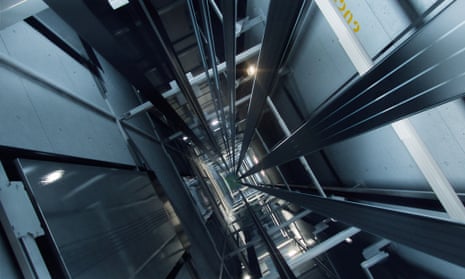We Maintain Lifts with Precision: Ensuring Safety and Efficiency
We Maintain Lifts with Precision: Ensuring Safety and Efficiency
Blog Article
Digging Into the Globe of Elevators: Usual Concerns Dealt With by Numerous Lift Mechanisms
As we browse with the upright transportation systems of contemporary buildings, elevators stand out as a vital component of our day-to-day lives. From hydraulic elevators to grip systems and machine-room-less designs, each lift kind comes with its set of typical problems.
Hydraulic Elevators
Hydraulic lifts, frequently favored for low-rise buildings, utilize fluid pressure to manage the activity of the lift automobile (lift repair companies). This mechanism involves a hydraulic pump pressing oil right into a cylinder, triggering the elevator to relocate the wanted instructions. While hydraulic elevators are understood for their smooth and quiet operation, they do include their own collection of common concerns
One prevalent problem with hydraulic elevators is oil leak. Furthermore, issues with the control system, such as defective valves or a malfunctioning pump, can cause interruptions in the lift's motion.
Regular upkeep and prompt repair services are vital to make sure the smooth functioning of hydraulic elevators. By resolving these usual issues proactively, structure owners can decrease downtime and make certain the security and effectiveness of their upright transportation system.
Grip Elevators
When considering vertical transportation systems in buildings, one more typical type other than hydraulic lifts is the traction elevator. Traction elevators operate using a system of ropes and counterweights that relocate the elevator vehicle by clutching onto the hoist ropes. This device permits smoother and much faster upright transportation contrasted to hydraulic systems.
One of the usual issues dealt with by grip elevators is rope wear. The constant movement of the ropes within the traction system can result in tear and wear over time, possibly creating the elevator to breakdown or end up being dangerous for use. Normal evaluations and maintenance of the ropes are important to make certain the lift's appropriate performance and safety.
One more concern that traction elevators might encounter is associated to the control system. Issues with the control system can cause concerns such as irregular movement, delays in action times, or perhaps full shutdowns. Routine screening and upkeep of the control system are essential to stop such problems and make certain the elevator's dependability.
Machine-Room-Less (MRL) Elevators

One of the vital elements of MRL lifts is the small gearless traction machine that is set up within the hoistway. This machine effectively drives the elevator car without the demand for bulky tools found in typical traction elevators. Furthermore, MRL elevators normally make use of a weight system to stabilize the cars and truck, check my site further improving their power efficiency.
In spite of their benefits, MRL elevators may deal with obstacles connected to repair and maintenance because of the restricted room for equipment installation. Availability for servicing parts within the shaft can be limited, requiring specialized training for service technicians. Correct upkeep timetables and normal inspections are essential to guarantee the continued smooth operation of MRL elevators.
Overloading and Weight Limitation Issues
Are lifts equipped to handle excess weight loads efficiently and safely? Overloading and weight limitation problems are vital worries in lift procedures. Elevator makers design raises with details weight abilities to make certain guest safety and security and tools long life. Going beyond these weight limitations can cause different issues, including mechanical failings, hold-ups, and security dangers.
When elevators are overloaded, it places extreme strain on the electric motor, cords, and other parts, possibly triggering malfunctions or failures. If they discover excess weight, safety systems such as sensors and overload sensing units are in place to stop elevators from moving. In addition, exceeding weight restrictions can result in raised energy usage and damage on the elevator system.
To minimize overloading concerns, building supervisors should prominently present weight limits in lifts and educate residents on the relevance of adhering to these limitations - lift repair companies. Routine upkeep checks by qualified professionals can additionally help make certain that elevators are running within secure weight parameters. By resolving overloading and weight limit problems proactively, structure proprietors can enhance elevator safety and security and efficiency
Electrical System Failures
Surpassing weight restrictions in lifts can not only result in mechanical problems yet additionally potentially add to electric system failings within the lift framework. Electric system failures are a vital problem in lift procedure, as they can create unanticipated closures, breakdowns, or perhaps safety risks. One common electric problem is the getting too hot of parts as a result of too much existing circulation triggered by overloading the elevator beyond its ability. This can lead to damage to the motor, electrical wiring, or control systems, causing pricey fixings and downtime.
Moreover, power rises or variations in the electrical supply can also interfere with the lift's operation, influencing its efficiency and security. These electrical disruptions can damage delicate lift components such as control board, circuit card, or sensors, bring about system failings. Regular upkeep and assessments are essential to identify and attend to potential electric problems immediately, making sure the effective and secure procedure of elevator systems. By sticking to weight limitations and conducting regular electric system checks, building proprietors can alleviate the risk of electric failures in elevators.
Conclusion

Hydraulic elevators, commonly preferred for low-rise structures, utilize fluid stress to control the motion of the lift automobile.When considering upright transportation systems in structures, one my explanation more usual type aside from hydraulic lifts is the traction elevator. Grip elevators operate making use of a system of ropes and counterweights that move the lift vehicle by clutching onto the hoist ropes. Unlike conventional lifts that call for a separate maker room to house the tools, MRL elevators integrate many of the parts within the shaft, removing the requirement for a dedicated device space.In final thought, lifts face typical concerns such as hydraulic breakdowns, traction Full Report system failures, and electrical system problems.
Report this page